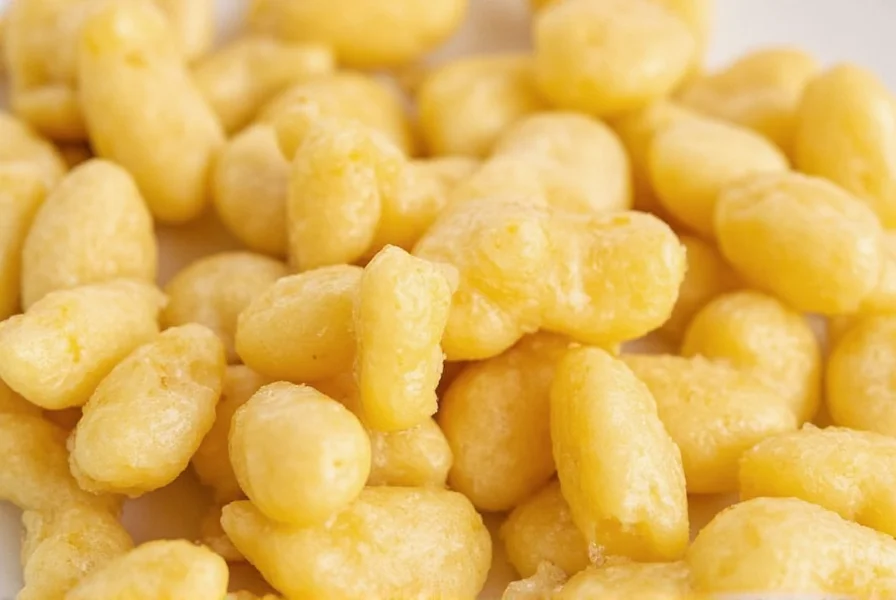Ginger gum combines the refreshing act of chewing gum with the natural properties of ginger root. Unlike traditional mint or fruit-flavored gums, ginger gum delivers a unique spicy-sweet flavor profile derived from genuine ginger extract. This specialized gum has gained popularity among travelers, pregnant women, and health-conscious consumers seeking natural remedies for common digestive discomforts.
What Sets Ginger Gum Apart from Regular Gum
The primary difference lies in the active ingredient: ginger root extract. While standard chewing gums focus on breath freshening and flavor, ginger gum incorporates natural ginger compounds like gingerols and shogaols that provide both flavor and potential physiological effects. Most quality ginger gums use real ginger extract rather than artificial flavoring, creating a more authentic experience with potential health benefits.
Ingredients and Flavor Profile Explained
Authentic ginger gum typically contains:
- Ginger root extract (standardized for gingerol content)
- Natural sweeteners like xylitol or stevia
- Chewing gum base
- Natural flavorings
- Additional botanicals in some formulations
The flavor profile evolves as you chew. Initial notes feature the characteristic spicy warmth of fresh ginger, followed by subtle sweet undertones as the gum softens. Unlike ginger candies which can be overwhelmingly spicy, ginger gum provides a more balanced experience that's tolerable for most palates.

Research-Backed Benefits of Ginger Gum
Multiple studies have examined ginger's effects on digestive health, with promising results for ginger gum applications:
| Benefit | Research Support | Typical Use Case |
|---|---|---|
| Nausea relief | Multiple clinical studies show ginger reduces nausea | Motion sickness, morning sickness, post-operative nausea |
| Digestive support | Studies indicate ginger promotes gastric motility | After meals, digestive discomfort |
| Anti-inflammatory properties | Ginger compounds show anti-inflammatory effects | General wellness support |
Ginger Gum for Motion Sickness and Travel
One of the most common uses for ginger gum is natural nausea relief during travel. Unlike medications that can cause drowsiness, ginger gum provides a non-sedating option for managing motion sickness. Research suggests chewing ginger gum 30 minutes before travel and as needed during the journey can significantly reduce symptoms of motion sickness without impairing alertness.
A 2022 study published in the Journal of Travel Medicine found that participants using ginger gum reported 40% less severe motion sickness symptoms compared to placebo gum. The convenience of gum format makes it particularly practical for travelers who want discreet, mess-free relief.
How Ginger Gum Compares to Other Ginger Products
When considering ginger gum versus regular gum or other ginger formats, several factors differentiate the options:
- Speed of effect: Gum provides faster absorption through oral mucosa than capsules or candies
- Dosage control: Chewing allows gradual release of active compounds
- Portability: More convenient than liquids or fresh ginger
- Taste experience: More palatable than strong ginger teas for many users
Unlike ginger supplements which deliver concentrated doses, ginger gum offers a gentler approach with lower concentrations that's suitable for more frequent use throughout the day.
Who Benefits Most from Ginger Gum
Certain groups may find particular value in ginger gum for motion sickness and digestive support:
- Travelers experiencing motion sickness on planes, boats, or cars
- Pregnant women seeking natural morning sickness relief
- Individuals with occasional digestive discomfort after meals
- People seeking natural alternatives to conventional medications
- Those with sensitive stomachs who prefer gradual relief
Important Considerations When Using Ginger Gum
While generally safe, there are several factors to consider with ginger gum ingredients explained:
- Ginger may interact with blood-thinning medications - consult your doctor if taking anticoagulants
- Those with gallstone issues should consult a healthcare provider before regular use
- Pregnant women should discuss use with their obstetrician, especially in third trimester
- Some formulations contain sweeteners that may cause digestive upset in sensitive individuals
- Effectiveness varies by individual - not everyone experiences the same benefits
Choosing Quality Ginger Gum Products
When selecting ginger gum for digestion support, look for these quality indicators:
- Real ginger extract rather than artificial flavoring
- Clear labeling of ginger content (look for standardized gingerol percentages)
- Minimal artificial ingredients and sweeteners
- Reputable manufacturers with transparent sourcing
- Third-party testing for quality and purity
Reading ingredient labels carefully helps identify products with sufficient ginger content to potentially deliver benefits, rather than those where ginger is merely a flavor note.
Practical Usage Tips
For optimal results with ginger gum for morning sickness or other applications:
- Chew slowly to maximize absorption through oral tissues
- Use 30 minutes before potential nausea triggers (like travel)
- Carry gum consistently rather than waiting for symptoms to appear
- Store in a cool place to maintain ginger compound integrity
- Combine with other non-pharmaceutical approaches like acupressure for enhanced effects











 浙公网安备
33010002000092号
浙公网安备
33010002000092号 浙B2-20120091-4
浙B2-20120091-4